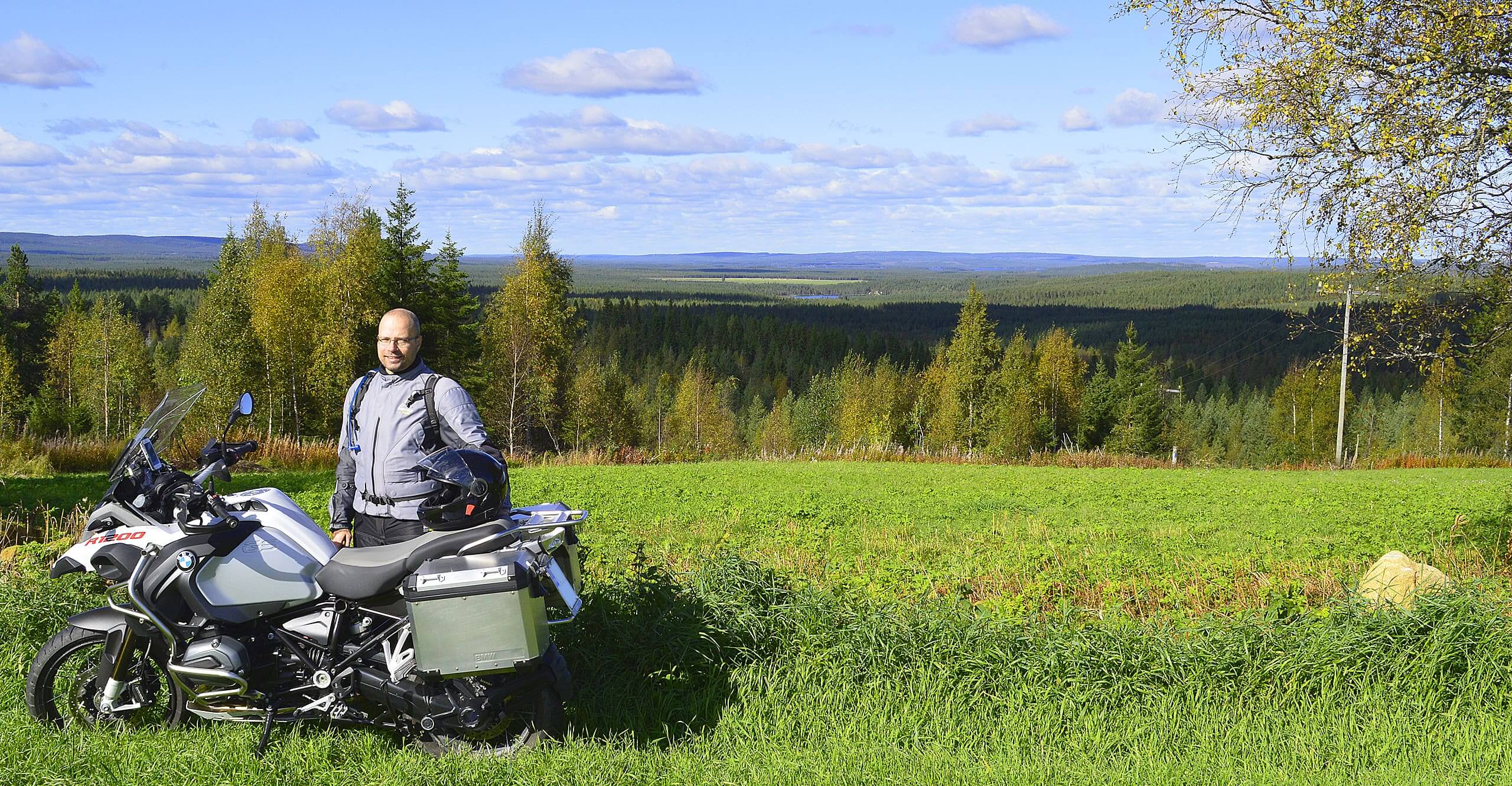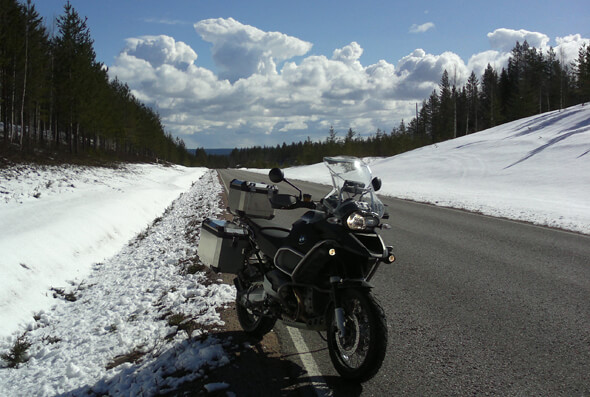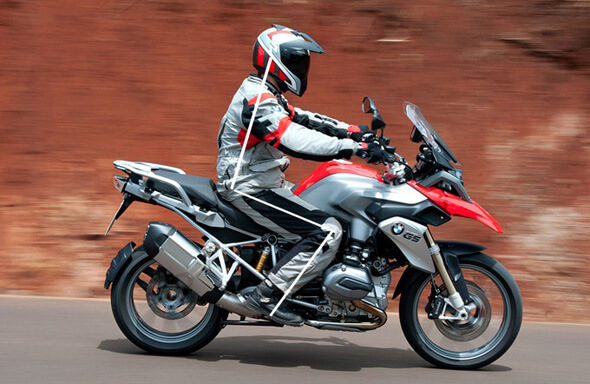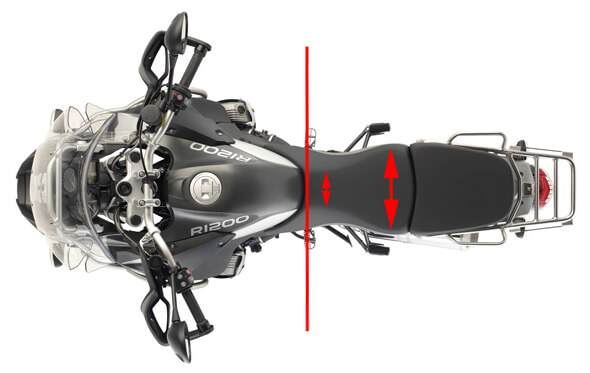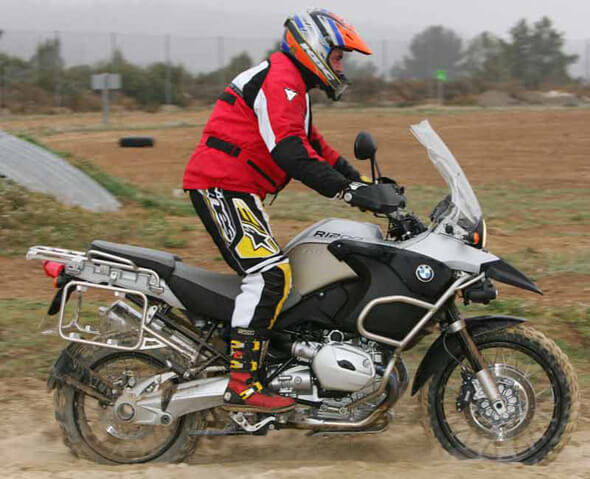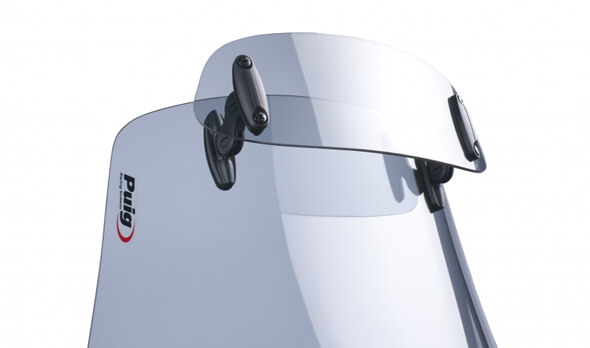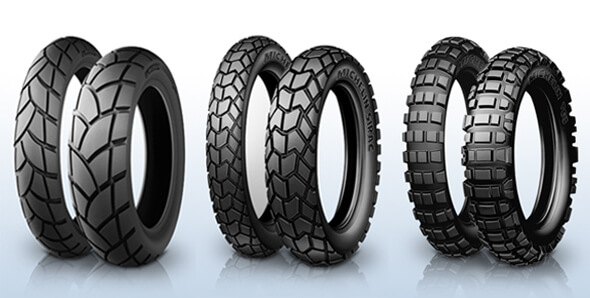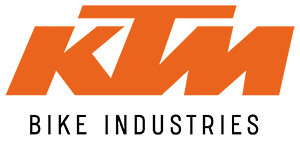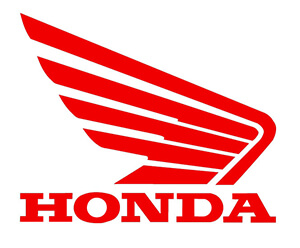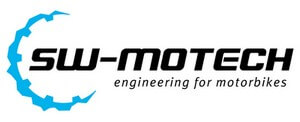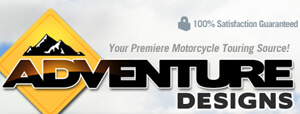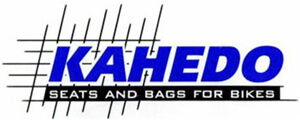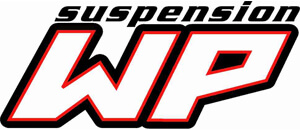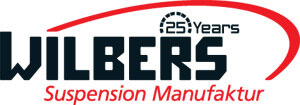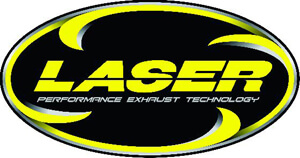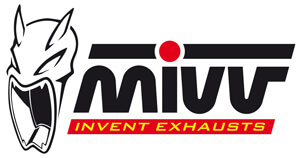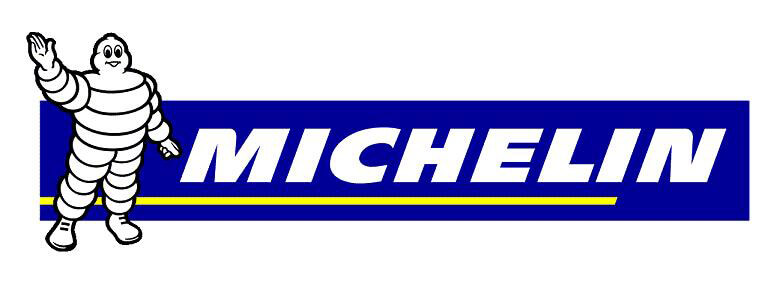Allroad Touring Enduros Generally
There is a wide rage of allroad touring enduros to choose from. Almost every producer have they own dual sport selection, perhaps a single model or at least tuning companies have made one. All of them have they strong points and not so strong points, but every single bike is capable of taking the rider to exciting destinations. How easy and how fast is not very relevant. Depending on rider preferences, possible passenger requirement, the amount of gravel & dirt road riding and perhaps even trailing, one could narrow it down to a single subcategory and a couple of good alternatives.
Each allroad touring enduro in this section is described mostly from the strong points summarizing the bike`s touring character and comparing it to equivalent alternatives. Some of the touring enduros are as standard designed mainly for tarmac roads and basically urban routing, but others are more or less ideal for peripheral exploring up to a certain point. Biggest differences are found when riding long hours on tarmac in a relative static posture or quite the opposite, riding actively on gravel & dirt roads and trails. Within allroad touring the riding ergonomics and offroad handling properties become very important factors and differences are significant.
One of the fundamental features of any touring motorcycle, is the extended refueling range which is even more important when looking at allroad touring and riding in the outback outside the dense fuel station network. There are a lot of remote routes and destinations which are not presented completely in the navigators, if at all. Even if they were at some point digitalized, changes do happen all the time and also fuel stations shut down. Therefore allroad riding range and refueling interval above 500kms or 310 miles could be some kind of insurance that the adventure most likely continues without interruptions. Most of the big allroad touring enduros have an average fuel tank capacity around 23L or 6USgal. which is alone not enough. Especially when taking the whole touring payload and electric power consumption into account. The average fuel consumption figures given by the producer or test rides, are simply indicative since they are not made with any kind of average touring payload. Nor is the test ride routing comparable. No matter how big the fuel tank is, a spare canister extends the refueling intervals and gives some playroom for the unexpected which translates also to a peace of mind.
Allroad Touring Enduro ergonomics
Riding long hours day after day with a disturbing turbulence drumming your helmet, having bad back and knee positions, can make your journey easily unenjoyable. Note that this may apply also the passenger. Before takeing any long tours, make sure you can both ride with comfort in a ergonomically right posture and enjoy the tour to the fullest. At least the basics should be in order and those things should be tested. The longer the test ride simply the higher understanding.
Position of Seat and Foot Pegs
If you have long legs, pay extra attention to the position and distance of the seat and the foot pegs. When sitting the knee position is relative open. Note that foot pegs and the seat may be adjustable. When the seat and pegs are positioned ergonomically, you can easily shift slightly forward and stand up while riding. When you are riding in a comfortable and balanced standing posture, you are leaning slightly forward agains the wind pressure and having unlocked arms. You should be able to ride long in standing posture in order to be ergonomically right.
Allroad Touring Seat
An allroad touring seat is big and firm enough in order to be comfortable all day long day after day. The seat has enormous effect on comfort along the general ergonomics and aerodynamics. If you find yourself focusing on the seat while riding, it is simply not comfortable. As soon as you can forget the seat, it fits to your preferences. Taking into account that the allroad enduros are tall, you should still be able to place your both feet steadily on the ground in order to control the weight including possible passenger. This means that the rider seat should be narrow from the front end and wide from the back end in order to provide you both comfort and functionality. You should be able to change the position a little bit back and forward for active riding. A slimmer seat is designed for active riding outside tarmac and a lot on standing posture. Some of the bikes allow you to change the seat and get basically both for the same bike.
When the standard seat is not according to your preferences, you can always tune the seat at hand or buy another one. Seat tuning is today a business and allow you to fix a individual seat for you. The seat materials are important factor along the height. In touring you want to divide your weight evenly on the whole seat area. Typically there is a surface layer which is softer than the core material which is highly supportive. Make sure that the seams are taped and sealed in order to eliminate water accessing your seat. The accessory providers already focus on this and have alternatives for some of the touring machines. At least TOURATECH has several options and WUNDERLICH specially for BMW.
Position of the Handlebar
The position of the handlebar depends on your size of arms and back, but also your will to ride on standing. When riding on sitting posture your back should be upright without any support from your arms. You are basically sitting in a balance and your arms are not in straight locked position. Even if you take your arms of the handlebar, the posture remains. This posture is simply comfortable and you can ride long in it. Personally I ride perhaps some 90% in sitting posture, even on gravel, but all that depends on your preferences.
When riding on standing, the handlebar is placed higher than otherwise. You are slightly leaning forward against the wind pressure and your arms are not locked straight. Your weight is not on the handlebar. You are standing in balance with the wind, acceleration and braking. By changing your position more forward or backwards you counterbalance the gravity of acceleration and braking. Your handlerbar should allow you to do so without keeping you in a uncomfortable posture. The standard position of the handlebar is low and designed for riding in sitting posture, but if you are not the tallest type, the handlebar may at reasonable height. You need to test it if you do not have the experience yet.
Windscreen and aerodynamics
If you are over 180 cm tall or have long backbone, pay extra attention to the windscreen. Standard windshields are basically not ideal for long distance touring at least not in high speed. When exploring the backcountry, the speed is changing all the time and the nature of riding active, a low windshield or even absence of one is irrelevant, even preferred in warm climates for cooling.
When sitting on the bike you should be able to see just above the windscreen the point of the road ahead, you are normally looking when riding in high speed. You are not looking through the windscreen while riding. If the windscreen is shorter than that, there can be again strong turbulence and the wind is at least pressing your helmet. With the best aerodynamics the turbulence can be tuned to minimum, but the size counts. The windscreen may be adjustable and put to high position. Taller accessory windscreens may be available.
For fine adjustment you can install a spoiler to eliminate the turbulence from the helmet. The spoiler simply reshapes the air flow around your helmet, but strong angles also can create new turbulence or increase it. There are many options on the market, but angle adjustments and solid fastening are relevant. The spoiler should not be placed so high up that it brakes the clear sight to the point of the road you are normally looking.
Traction Control Systems in Allroad Conditions
Traction control systems are very common rider support systems and now days the best TC -systems are also modified for offroad conditions. Allroad touring motorcycles are relative powerful and tyre types are numerous which makes the amount of combinations with the surface and weather conditions simply too many to cover. Too much engine power or too sensitive throttle management can be very problematic to control in challenging conditions. Never the less, traction control systems are here, they are useful and increase the safety, but TC -systems have also limitations and short comings. They can be even dangerous and create few surprises. A traditional on road traction control system is basically useless in offroad conditions and even the most advanced offroad TC -systems have problems with the huge variety of conditions in question. The KTM has developed traction control systems with the BOSCH and perhaps keeping the lead at the moment, but also the BMW offers offroad TC -features integrated with the ABS.
The traction control system monitors the wheel spin and rotation differences. If the spin difference exceeds the given limits, the TC cuts down the throttle in order to restore the riding stability. In offroad conditions the rear wheel slides are used to oversteer the bike and keep the front wheel in better control. In offroad (hard ground) a reasonable over throttling puts pressure on the front tyre and increases the grip which translates to better handling and simplifies steering. Therefore controlled sliding in offroad conditions is a safety factor on top of the fun. Never the less, too much sliding turns against the intent and only experienced offroad riders control the slides safely. Others should improve the offroad riding skills and remain cautious. The TC -systems offer more value for beginners and for those with less time to improve or maintain the offroad riding skills, but once you master the bike the traction control system becomes partially useless, except on the road. There are a lot of differences between the TC -features and modes. Even the OFF -mode can be a temporary shut down which automatically returns active after the engine start. The best TC -systems are fully integrated with the ABS and offer sophisticated offroad settings for both systems.
The traction control is sensitive for tyre types and air pressure. Manufactures have usually tested several tyre brands and tried to create systems with minimal failures. In offroad conditions with a touring load this becomes more challenging. Therefore tyre pressure monitoring is more important and changes become slightly limited. Better offroad grip can reach with lower tyre pressure, but the TC gets easily confused. Changing rims can be also problematic and switching from 19 to 21in. front wheel may be difficult from the TC point of view. Unless you know how your TC works and change the settings actively according to the conditions, surprises and system failures probably come up sooner or later. Be aware of the limitations, problem situations and do not trust the TC to save you from the trouble.
Traction Control Systems in Offroad Conditions
Traction control systems do not handle every offroad situation and condition. There are many ways to end up in trouble due to the TC. For example, when approaching a steep climb on a gravel surface, perhaps even with bigger stones in the scenario, the traction control may cut the throttling too much and prevent from climbing up. Such challenging situations usually require a right amount of momentum with some over throttling. A full stop due to the effective thrust cut down on a narrow and steep trail or dirt road can be problematic, especially with a full touring load. Once you are committed and on the way up, there may be no place to bail out or reconsider when the problem reveals itself. The allroad rider should shut down the TC at the latest before such a demanding climb.
The traction control brings you into trouble once you are in the mud or soft sand where you need to able to over throttle a lot and create more handling stability. The soft ground needs different riding techniques and the the front wheel should be made lighter in oder to be able to steer more linearly. The fast rotating rear wheel creates also gravitational forces and stabilizes the ride.
Allroad Touring Enduro Tyres
Allroad touring enduro tyres can be roughly divided to few categories according to tyre tread contact surface. Any choice would be a compromise and therefore every rider should choose according to their routing. The first set of tyres at the left are typical tarmac road tyres which have basically limited gravel road and no trail riding features. If the rider`s routing heads mostly on tarmac and well maintained gravel roads, this is probably your best compromise.
Tarmac & Gravel Road Tyres
The second category and the tyre type in the middle of the picture presents a combination of tarmac and gravel road features. Within this type of tyres the rider can choose from more or less gravel features depending on preferences. These tyres give a good combination of traction and wearing durability. This is perhaps the best choice for long distance touring unless the rider is heading to exotic destinations with difficult road surface conditions.
Gravel & Trail Tyres
The third category and the set of tyres at the right are designed especially for gravel roads and trails. They are often called offroad tyres, but they are road legal. These tyres wear out quickly on tarmac roads, but they provide the necessary control and tractions elsewhere. The rider may end up using two categories during a tour or buying a new set of tyres if the offroad tyres are primarily chosen.
Tubeless Touring Enduro Tyres
Generally touring enduros with aluminium wheels have tubeless tyres and the wheels are especially designed for tubeless tyres. Depending on tyre producer, the tubeless tyre itself may allow the use of inner tube. This is not the case with all the tyres. The use of an inner tube must be permitted by the tyre and the rim too. The tubeless and tubular tyres have different kind of tyre beads which must seat exactly against the rim flanges in order to be airtight and not to slip. Today allroad touring enduros have both tubeless and tubular cross spoked rims. The tubeless cross spoked rims have different air valves and spoke attachments compared to traditional offroad and tubular rims. Be aware of your rim and tyre types when buying and making changes with the tyre setting.
Touring Enduro Rims
There are basically two kind of rim types with significant differences. The aluminium rim is harder and less flexible. Therefore aluminium rims are designed for tarmac roads and they are quite uncomfortable on gravel and trails. The aluminium rims are also stable and require no special maintenance. The spoked wire rims are more flexible and much more comfortable on gravel. They simply work as a kind of suspension (tensioned wires), but they need some maintenance in time in order to run smoothly and waggle free. The spoke wires slowly tend to get loose in time and start waggling more and more without tightening and lining. If you are riding also outside tarmac, I would recommend to use spoked rims since they are truly allroad capable.
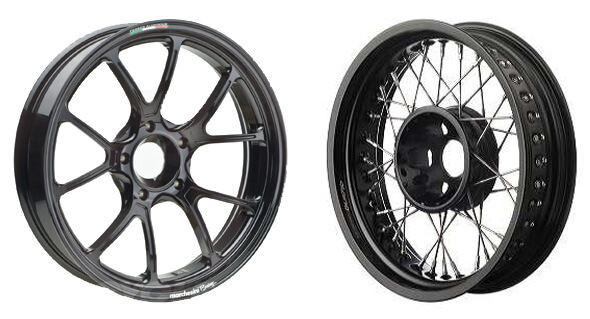
Share Your Passion On
